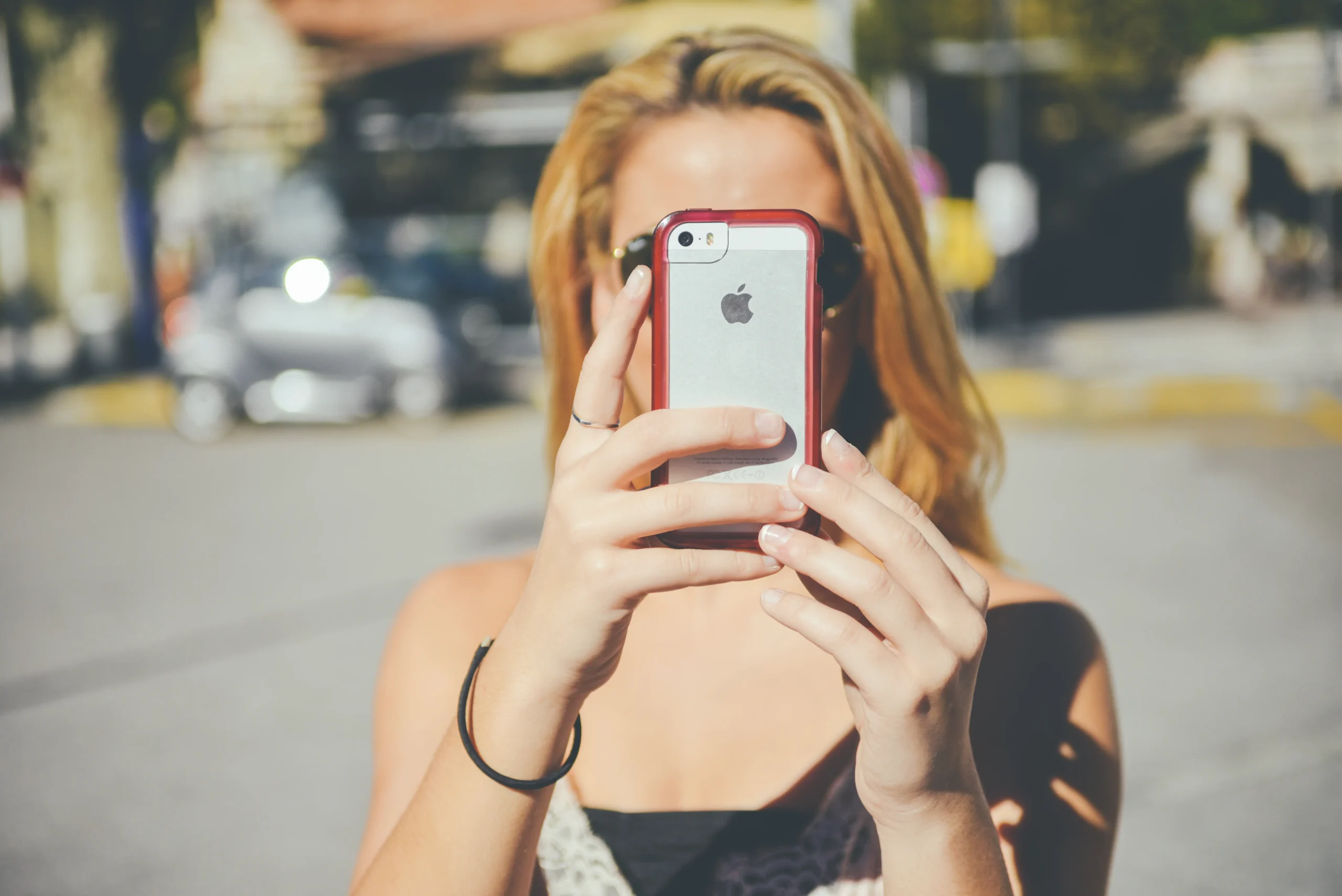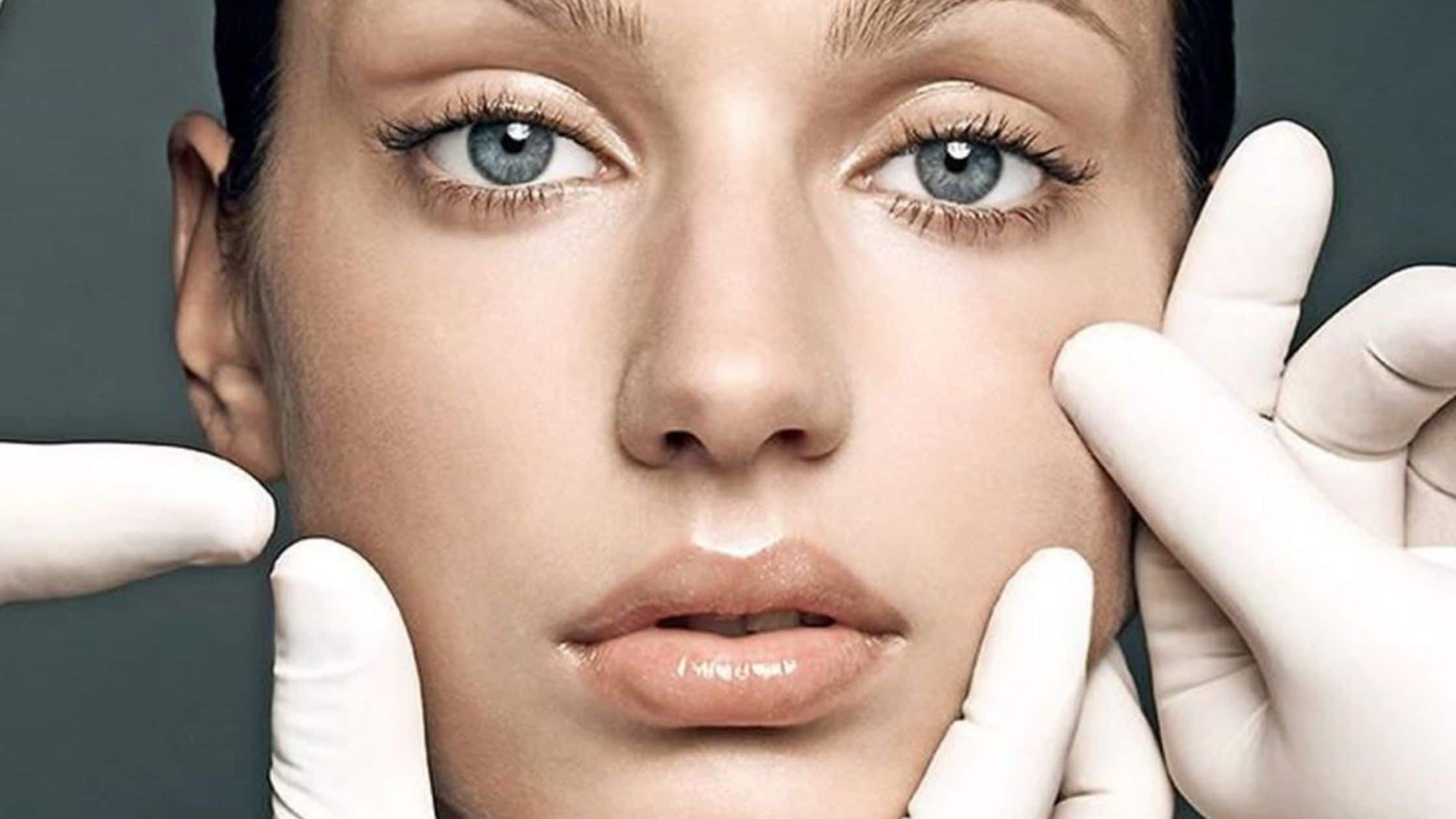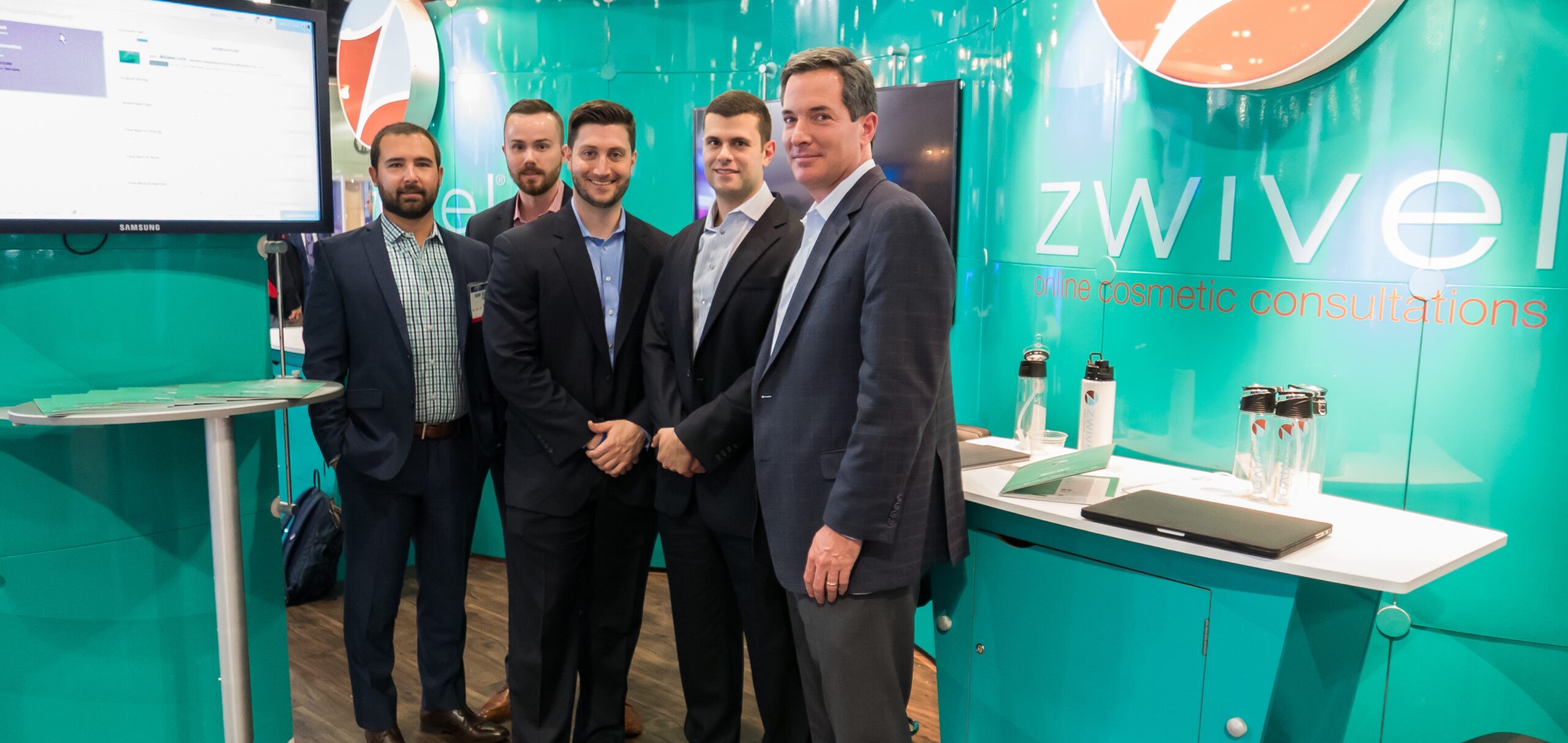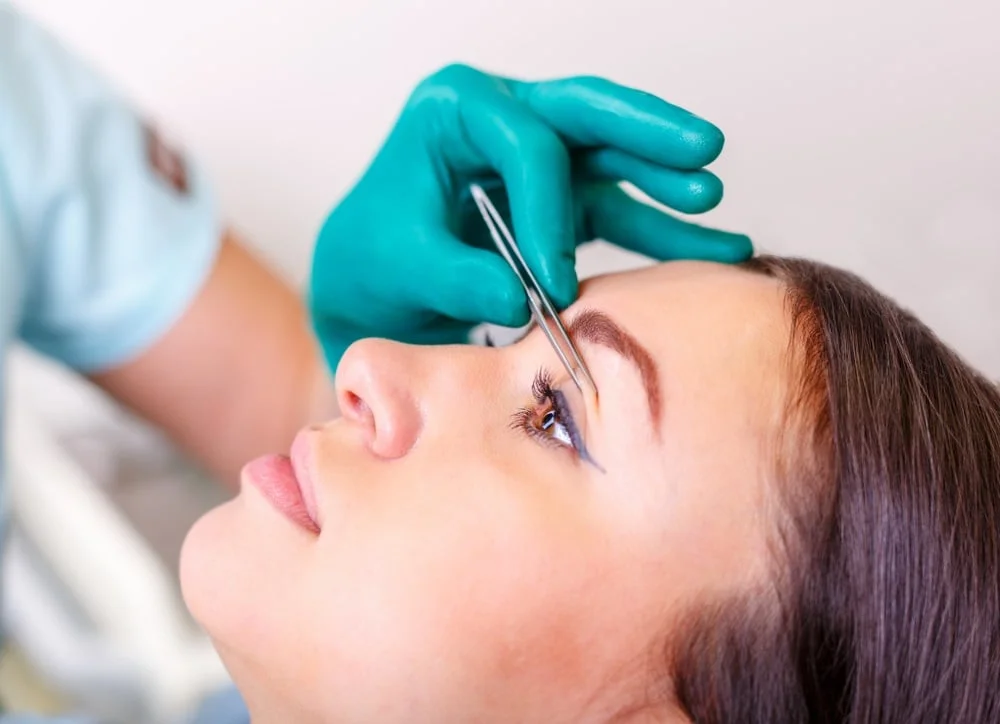Recently the New York Post ran an article describing a spike in interest, particularly among millennials, in watching plastic surgeries shared on Snapchat’s multimedia messaging app.
“Millennials are binge-watching surgeries on Snapchat,” was the provocative headline.
Zwivel spoke with several prominent plastic surgeons to find out what they think about the trend, and to learn more about how they use social media to engage with patients – or as a window into the live operating room.
Social Media with a Purpose
“Snapchat is fun, temporary, and casual, but it doesn’t lend itself to the type of educating we strive to achieve with our patients for exactly those reasons,” says Joseph A. Eviatar, MD, of New York City. “Snapchat is quick and impulsive, and what we do with this type of medicine is not (or should not) be based on this type of ‘impulse buy’ mentality.”
Instead, Dr. Eviatar uses Facebook, Twitter, and occasionally LinkedIn. He’s careful to only post on his practice’s social media platforms when it meets his professional goals.
“Cohesively, all of our social media channels serve three purposes: To share helpful information with our patients, partners and communities in formats relevant to them; to responsively interact with these groups; and to demonstrate that beyond being helpful and responsive, we’re also a real, human-driven, personable practice.”
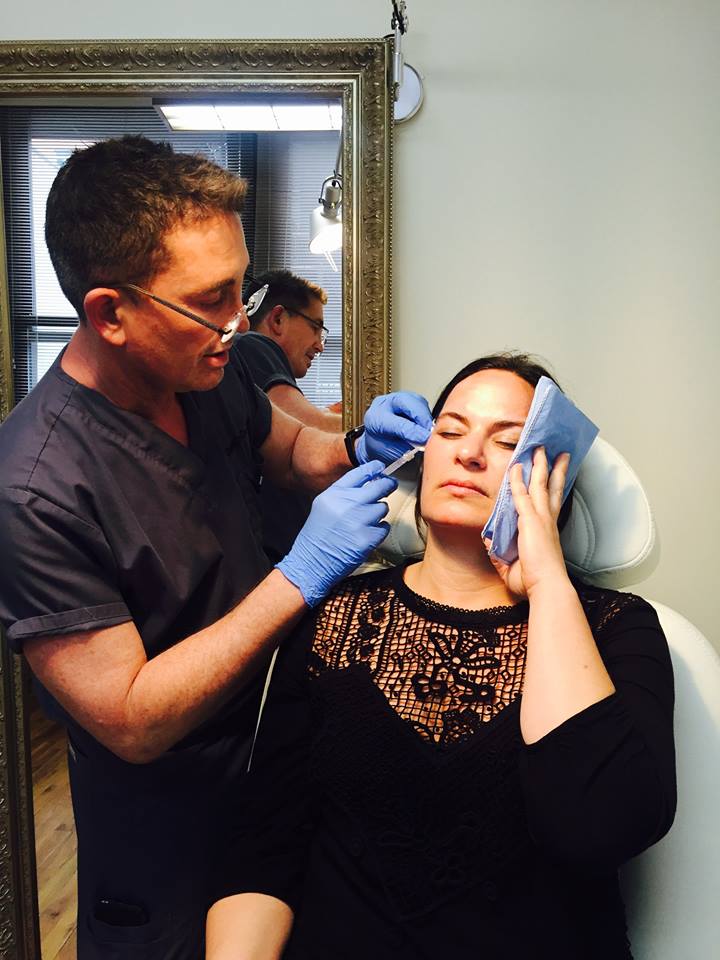
Source: Facebook, Chelsea Cosmetic and Chelsea Eye Associates
Connecting with potential new clients is another common reason for having a robust social media presence. Beverly Hills plastic surgeon Dr. Glenn Vallecillos uses social media specifically for that purpose, as well as to inform an increasingly knowledgeable public on the clinic’s new technologies and procedures.
“We use a number of mediums, including Instagram, Facebook, Twitter, Periscope, LinkedIn, and Pinterest,” says Dr. Vallecillos. “I think that if it’s done tastefully, professionally, and with an emphasis on ensuring privacy, social media provides potential patients with a very unique vantage point into seeing how these procedures are performed on a daily basis.”
Dr. Vallecillos uses Snapchat to display new tools and practices the clinic is offering, but “for technical reasons,” he prefers the live broadcasting app Periscope, which ties into Twitter and “has the potential to reach a worldwide audience.” Though he posts live video on social media, Dr. Vallecillos has seen some ethically dubious use of the platforms by fellow plastic surgeons. “In my community in Beverly Hills there are a number of plastic surgeons and other medical professionals utilizing Snapchat – some tastefully, and some with questionable delivery tactics,” he says, without pointing any fingers.
“The Demystification of Plastic Surgery”
On board with all the social media platforms is Dr. Manish Shah, in Denver, CO. “We currently have a presence on Facebook, Twitter, Pinterest, Instagram, Youtube, Linkedin, Google +, and have recently added Snapchat,” says Shah. “Our prime goal is generalized patient education and the demystification of plastic surgery. We have a monthly social media calendar and a dedicated social media manager to add content on a routine basis.”
Make sure you are armed with knowledge! http://t.co/kqIMkzHA9s — Manish Shah, MD, FACS (@manishshahmd) June 28, 2015
Dr. Shah has found that social media is the perfect place to showcase procedures and behind-the-scenes experiences, and plans on posting more live videos to Snapchat.
“Live video gives the viewer a real account of a particular procedure and treatment, and what patients and medical staff experience in the process of transforming the patient,” says Shah. “This helps the average person develop a realistic expectation about plastic surgery procedures that can effectively counter the hype that’s often generated by celebrity patients.”
On Snapchat, specifically, Shah has found that the demographic is largely on the young side, and that it’s especially popular among millennial women, one of his core target audiences. He’s learned more about how the platform works thanks to his own kids.
“I have three teenagers at home, and they are constantly interacting on computers and with their cell phones,” says Shah. “They live in this new world that many adults don’t know how to integrate well with, so in my practice, we’ve made a concerted effort to interact online and feel that it has more than paid off, especially in terms of establishing my practice as an authority in the field of plastic surgery.”
Similarly enthused about sharing on Snapchat is Dr. Justin Yovino, who uses Snapchat every day at his Beverly Hills practice.
“We’ve actually designated an employee to manage it,” said Dr. Yovino. “We introduce products and services, we snap minor and major procedures, we have patients give testimonials and share their experience, we show the world how fun our practice is and allow the public to get to know us before and after they come to the office. Also, Snapchat has fun ad-ons that make mundane activities more appealing and adventurous.”
Millennials and younger demographics are the most predominant users of Snapchat, but Yovino has found that “patients of all ages like to participate either as the person being captured or as an observer.”
Education, Not Exploitation
While documenting plastic surgery on Snapchat may be new, publicly broadcasting medical procedures behind-the-scenes is nothing of the sort. For decades, television shows on networks like TLC have showcased patients’ experiences on the operation table. “My 600lb Life,” to name one such program, often gives graphic glimpses of gastric bypass procedures. Although some viewers may at first be motivated by their fascination for the grislier aspects of the procedure, they also stand a chance of actually learning a thing or two about how it’s performed. At its best, Snapchat is a platform that can further this educational endeavor. Why not let interested parties get a look at something they’re curious about if the patient consents? Why not demonstrate the technical skills required to perform surgery? That should be the primary goal, as Dr. Shah notes, but as Dr. Aaron Kosins in Newport Beach, CA will tell you, it’s a delicate balance between being educational and exploitative.
“I use Facebook and Instagram mostly as a way to display new things that I am doing and pictures with patients,” said Dr. Kosins. “The strategy is to show my surgical results to a social group of people without being tacky. A lot of what I see glorifies surgery, and to me this is a little bit strange. Surgery is a big deal and very personal for most people.”
Social media, filled with blobby emoticons and fleeting “likes,” can be a pretty lighthearted affair, but doctors mustn’t be fooled: what they post reflects seriously on their practice and ethics. Surgeons need to weight the pros and cons of sharing surgeries on social media, even if they have only the best intentions.
Pros and Cons
“The pro is that patients get an idea of what procedures look like and the doctor gets exposure,” said Dr. Kosins. “The cons are numerous: many doctors use this as a platform to display their surgery and to call it ‘unique.’ The reality is that true innovation is rarely captured in this kind of public forum. Privacy is paramount for patients, and HIPAA laws are very strict. It is hard to know what kind of informed consent many of these patients get for their videos to be used online, and/or if they even understand what they are signing.”
Dr. Shah expands on to the list of pros by saying that “patients get a great education in visual terms. They are able to see inside the surgeon’s mind in real-time as they make decisions that will ultimately affect the end result. They also get to see the technologies and treatments in action, as well as how patients respond to these interventions.”
What I’ve found is that patients are typically more than happy to be models for procedures. They take pride in it, in fact.
Dr. Manish Shah
The pros, in Dr. Shah’s opinion, are “pretty straightforward,” while the cons are bit more complicated.
“Complaints I hear surround patient privacy and possible exploitation,” he says. “However, practices and patients need to ferret this out before any transmission of information. I personally have conversations with my patients if I plan to film them during surgery, so they have control over the dissemination of information. I am careful to avoid HIPAA violations on film. If a patient refuses to have their images shown, then the matter is over. What I’ve found is that patients are typically more than happy to be models for procedures. They take pride in it, in fact.”
Aside from checking off all privacy forms, the most important thing you can do is make sure that your patient – who very well may be enticed to visit you because of your Snapchat videos – gets the necessary education and evaluation needed for his/her desired procedure and isn’t misled by what is shown online.
“Most people do their homework by actually visiting doctors for consultations, reading about qualifications, checking for board certifications, and most importantly, researching a doctor’s reputation,” says Dr. Kosins. “I like this kind of patient because he/she is truly informed and comes into my office for a very good reason.”
A great candidate for surgery may find your practice based on a Snapchat video or two, but be careful not to use Snapchat to sell your services, a behavior that Dr. Shah sees all too often from fellow surgeons.
“I think that most doctors use Snapchat poorly, seeing it as a means to sell their services. The doctors that do it well all are great at educating and providing information that prospective patients use to make decisions,” he says. “I have made it a clear point to my team that we are here to educate patients. We don’t just talk about plastic surgery, we talk about wellness and health in general. We are a business though, so some selling does go on. However, the focus is on giving consumers the information they are looking for.”
Ultimately, it’s up to the doctor – not their Snapchat feed – to guide and inform patients, and most importantly to underscore that everyone is different. What you see on Snapchat may be inspiring or interesting – and it may be very real, indeed – but everyone’s journey and outcome will be their own, and as the fine print saying goes, “results may vary.”





